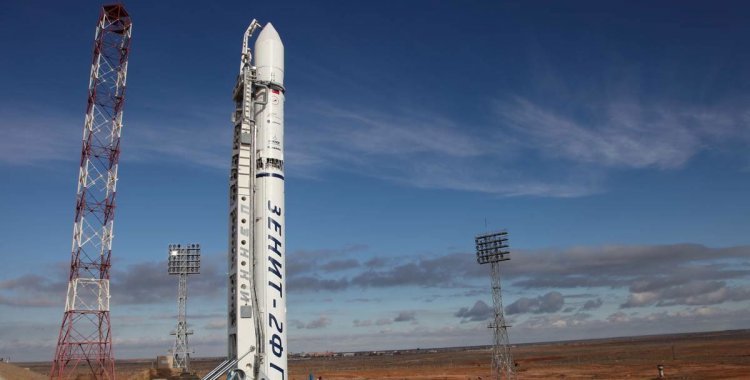The Ministry of Telecommunications, Information Technologies and Social Communication explains, in a statement quoted by Jornal de Angola, that after the launch on 12 October, the satellite's path was monitored by national experts with the help of Russian experts, who carried out several maneuvers that allowed the satellite to reach its final destination successfully.
"After the launch from our Satellite Control and Mission Center, located in Luanda, Funda, Angolan experts from the National Space Program Management Office (GGPEN) for 23 days with support from Russian experts in Luanda, Moscow and Zheleznogorsk performed several maneuvers involving engineering principles related to orbital mechanics that successfully allowed on November 3, 2022 the placement of Angosat-2 in its final position 23E, in geostationary orbit at a distance of about 36000 kilometers at surface level da Terra", says the document, quoted by Jornal de Angola.
According to the note from the tutelage, the next step is now related to the completion of a second phase of tests linked to the "verification of the performance of the parameters of the satellite communication channels".
"The operation of Angosat-2 is nominal, operations and tests continue to take place in accordance with the procedures and plan defined by the teams involved in the operation and maintenance in orbit of Angosat-2", the statement added, quoted by the Angola newspaper.
The ministry also mentions that for the operation of the satellite "about 67 specialists from the GGPEN who work in the management of the national space program were trained by Russia, France, England and the United States of America, of which 25 are dedicated to the operation of the satellite".
The completion of the second phase of tests, according to the statement, will make it possible to "bring telecommunications services to the most remote areas of the country at competitive prices".
It is recalled that Angosat-2 was launched last month at the Baikonur aerospace station in Kazakhstan. This satellite thus replaces Angosat-1, which after being launched in 2017 lost contact with Earth.







